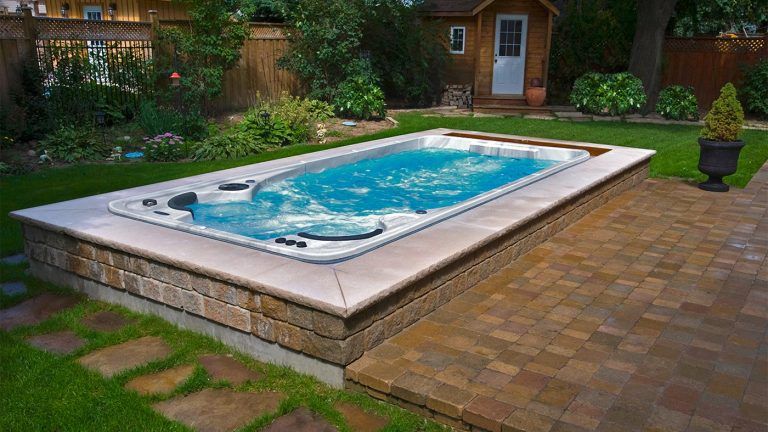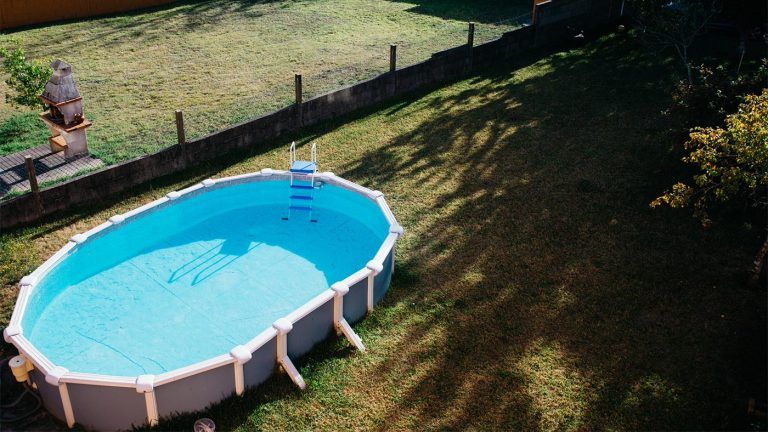8 ESSENTIAL POOL OPENING TIPS
Spring has finally arrived! At Aquacade Pools & Spas that can only mean one thing; pool opening season! Here are 8 of our best pool opening tips to help you open your pool easier, faster and better.
Open Your Pool As Early As You Can
Our first pool opening tip is also the most basic; open the pool as early as you can. Pool water will start to grow algae as soon as it reaches 60°F. If left alone, this algae will spread rapidly and the water can go from clear to green in as little as a few days. Adding chlorine to the pool water is the only way to prevent this.
Although you likely added chlorine before closing the pool, by the time Spring hits that chlorine is long gone. To prevent your pool from turning green you should, therefore, open it as soon as the weather stays consistently warm. In the Sudbury area, this is usually around late April.
For most people, this can seem a little early. In fact, most people open their pools in mid to late May. While running your pool for an extra month might seem like a big waste of money, the added cost of running your pool for those few weeks is actually less than treating a green pool would be.
At this time of the year, the water is still relatively cold. For that reason, you will not need to run the pump for very long to keep it clear. For the first few weeks that the pool is open running the pump for around 4-6 hours per day is enough. You also won’t have to add nearly as many chemicals to keep the water clear as chlorine isn’t used up nearly as quickly in colder water.
Altogether, you’re probably looking at around $75 in added running costs to open your pool a month early. Not only is this less than the average cost to clear a green pool, it also saves you the time and effort that goes into fixing a green water issue.
Clean Off Your Pool Cover Before Removing It
One of the biggest pool opening mistakes that we see is people pulling the cover off of their pool without first removing the water and debris sitting on top of it. More often than not at least some dirty water and debris will end up in the pool water. This can turn a crystal clear pool into a cloudy and green nightmare.

To remove your winter cover properly you’ll first need to get a small submersible pump. Use this pump to drain the water off of the pool cover. While the pump is running you can also begin removing as much of the debris as you can with your skimmer net. Once the pool cover is free of water and relatively freezing of debris, slowly remove the cover. Be careful not to dump any of the remaining debris into the pool water. Having at least one person help you remove the cover will make this a whole lot easier.
Properly Store Your Pool Cover
The best way to extend the life of your winter cover is to make sure that you properly store it over the summer. To properly store your pool:
- Spread the cover out on your lawn.
- Pour around 1/2 a bottle of pool cover cleaner on the cover.
- Brush off the cover using your pool brush, making sure to remove any remaining debris.
- Rinse the cover with your garden hose.
- Store the cover in a plastic bin (plastic trash cans work well) and add in the remainder of your pool cover cleaner.
Along with cleaning the cover, pool cover cleaner also helps to keep the cover soft and hydrated. Without the cover cleaner, pool covers can dry out and become brittle over the summer. Dried out covers won’t stretch properly and will need to be replaced before the pool can be closed.
Fill & Clean The Pool
If you’ve followed the previous pool opening tips you should now be looking at a relatively clean, clear pool (some dirt or slight cloudiness is normal).
It’s now time to start filling the pool to a regular operating water level (about 1/2 to 2/3 of the skimmer hole). This will likely take a few hours. To save some time, you can start filling the pool while you’re removing and cleaning the winter cover.
As the pool is filling, remove any debris that you can with your pool skimmer and give the pool liner a good brush with your brush. Once the pool is full you can start up your pump and give the pool a vacuum.
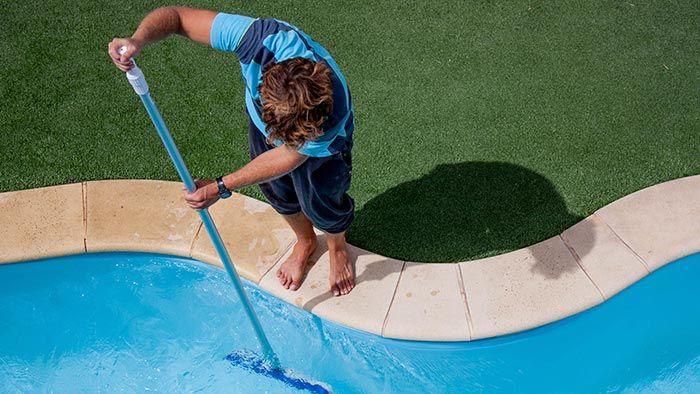
The longer that leaves and other organic debris are in the water, the more of a problem they cause. Although all this cleaning may seem like a lot of work, it will save you even more work down the road.
Check For Leaks
Once the pool is up and running, take a look at all of the pool equipment (pump, filter, heater, etc) and check for leaks. If you find any leaks, try to find the source of the leak. More often than not, the leak will be on a connection point. If that is the case you can:
- Try tightening the leaking connection slightly.
- If the connection is already tight, or if tightening doesn’t fix the leak, apply some silicone lubricant. Do not use Vaseline as it will damage the rubber and make the leak worse in the long run.
- If it is still leaking, replace the o-ring or seal in the connection point.
If the leak is not coming from a connection point and is either coming from the plumbing or from somewhere inside a piece of equipment, call your local pool supply store to get the leak repaired ASAP.
Add Your Opening Chemicals
Once your pool is running it is time to add your opening chemicals. Start with a chlorine-based “shock” to kill any contaminants in the water and prevent algae growth.
Along with chlorine shock, you should also add at least three other chemicals.
- Algaecide. When used with chlorine, algaecide helps to manage algae growth in the pool. Algae naturally produce a slimy protective “shell” around itself. Algaecide breaks down this shell, allowing the chlorine to more easily and effectively kill the algae.
- Stain & Scale Control. This chemical coats minerals (such as calcium) and metals (such as copper and iron) in the pool water. This coating helps to prevent minerals from combining together to form scale as well as helping to prevent metals from causing stains on the pool’s surface.
- Enzymes. Enzymes are naturally occurring proteins that speed up the process of breaking down non-living organic materials such as dead algae, oils and lotions. Adding an enzyme product to the water helps to keep the water clear and remove any oils and lotions that build up on the waterline.
Note: Since enzymes are an organic product, they are negatively affected by shock. To get the most out of your enzyme treatment, wait at least 2 days after shocking your pool before adding it.
Test The Water
Around 1 week after you’ve opened your pool it’s time bring a water sample into your local retailer for testing. Water balance is key not only to providing you with a comfortable swim experience but also to extend the life of your pool and it’s equipment.
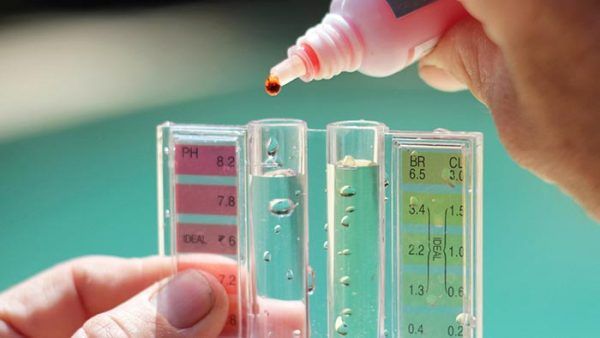
Consider Changing To A VS Pump
Variable speed (or “VS”) pumps are a kind of pool pump that allows you to vary how much water they move. Although they cost more than single speed pumps, variable speed pool pumps have skyrocketed in popularity recently as they are able to save pool owners up to 90% on their pool’s energy costs!
If your pool pump is costing you too much to operate, or if it is approaching the end of its life, we highly recommend making the switch over to a variable speed pump. Not only are they cheaper to run, they are also quieter and last much longer than a single speed pool pump.
Wrapping Up
While following these pool opening tips may seem like a lot of extra work or added expense, in the long term they will save you a ton of time, headache and money. If you still have any pool opening questions, or if you would prefer some professional help, please feel free to contact us anytime.
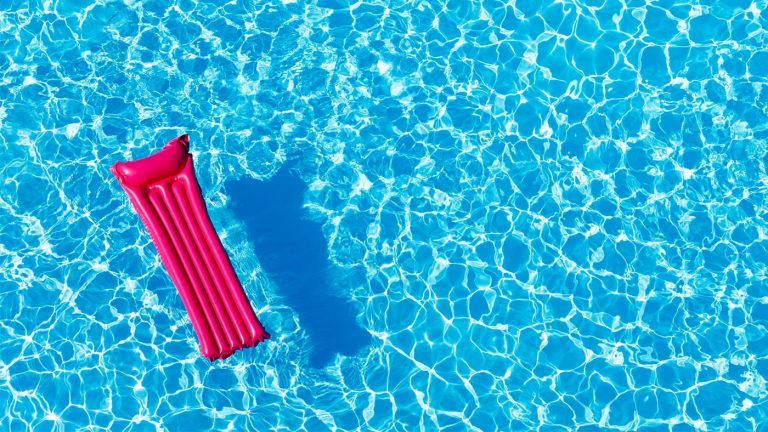
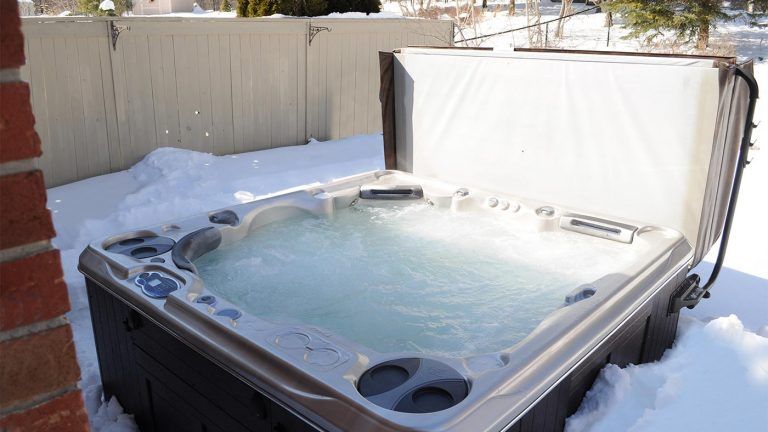



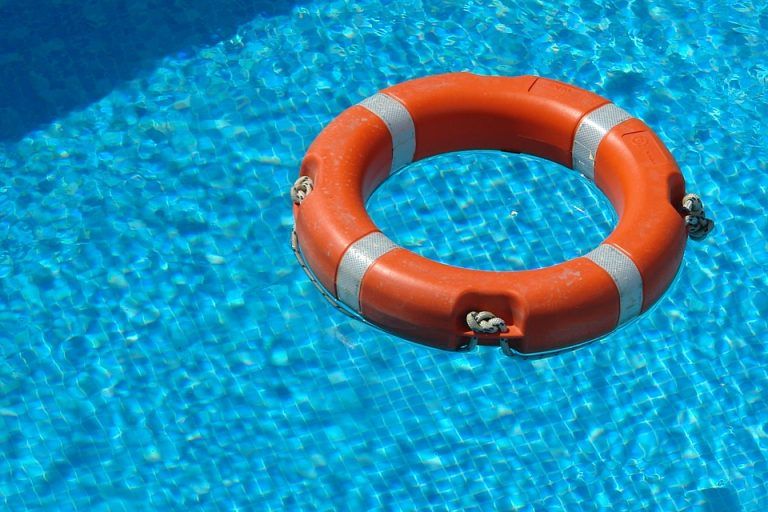
Helpful Links
Contact Us
Phone: 705-566-1552
Email:
sales@aquacadepools.ca
Address:
1099 Falconbridge Road,
Sudbury, ON P3A 4M9
Subscribe to our Newsletter
Contact Us
We will get back to you as soon as possible
Please try again later

